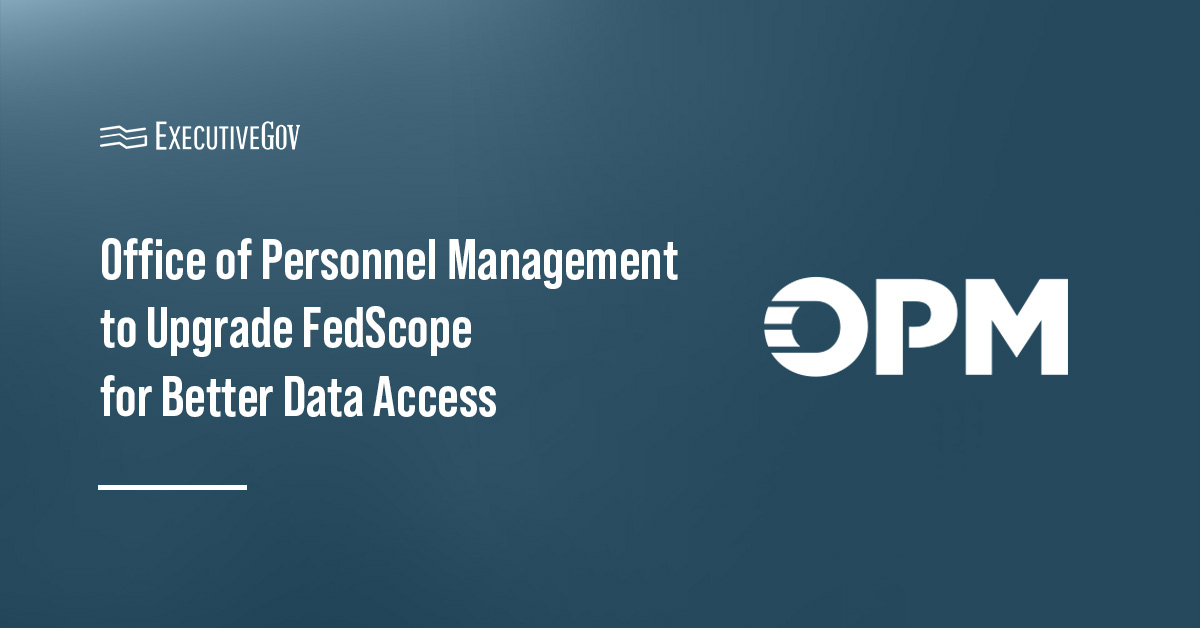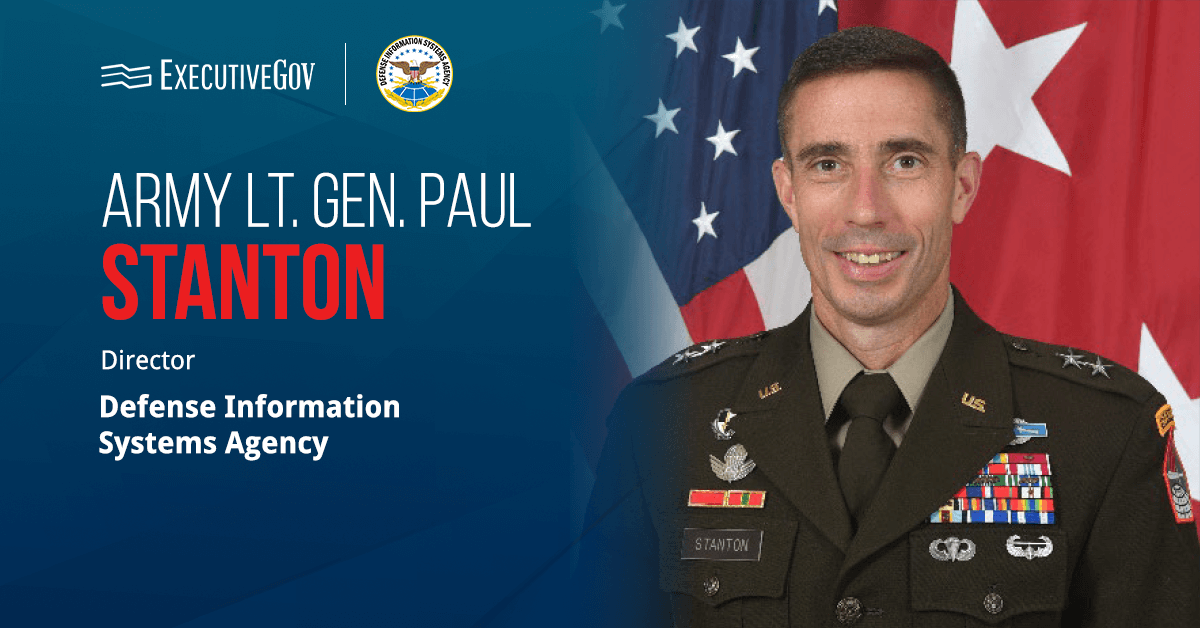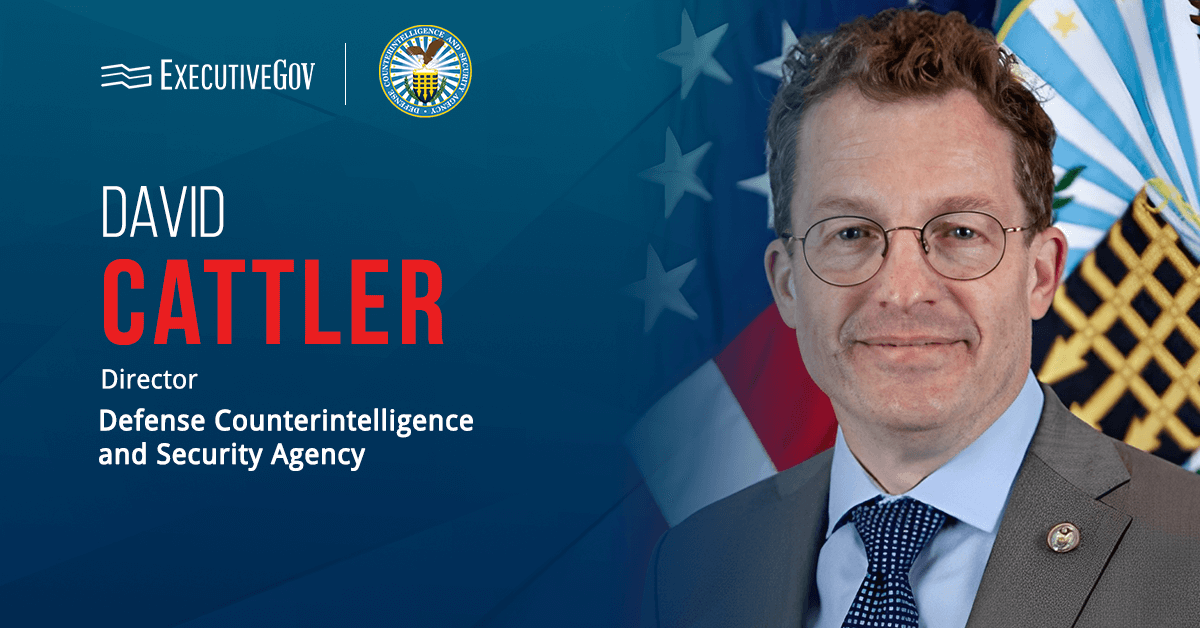The Department of Veterans Affairs must improve its procurement process for information and communication technology systems to better comply with Section 508 of the Rehabilitation Act of 1973, which mandates accessibility for individuals with disabilities, according to a new audit released by the VA’s Office of Inspector General.
The audit, which follows up on a similar 2024 report, evaluated 30 critical IT and communications systems that the VA procured and found that only four were classified as compliant with Section 508 standards, noting the VA officials’ failure to ensure that the systems they procured would meet the required accessibility standards.
According to the report, VA contracting officers and program officials conducted market research on vendors to meet business requirements; however, they did not verify the accessibility of the systems for individuals with disabilities.
OIG Recommendations to Address Procurement Issues
The OIG recommended that the assistant secretary for information and technology, who also serves as the department’s chief information officer, ensure that staff involved with acquiring information and communication technology are adequately trained on federal and VA requirements for Section 508 standards.
The OIG also recommended that the assistant secretary update VA Handbook 6221 to identify roles and responsibilities related to ensuring Section 508 compliance during procurement.
Furthermore, the assistant secretary should establish a way to ensure that compliance documentation and market research on any information and communication technology being procured are submitted to the VA Office of 508 Compliance for review so that the office can determine whether the technology is the most compliant under Section 508.
Finally, the OIG recommended that the deputy assistant secretary for acquisition and logistics collaborate with the VA Office of 508 Compliance to develop policies and procedures to ensure VA’s information and communication technology procurements comply with Section 508 requirements.














